The best OLED TV for gaming 2025: my go to screens with spectacular colors
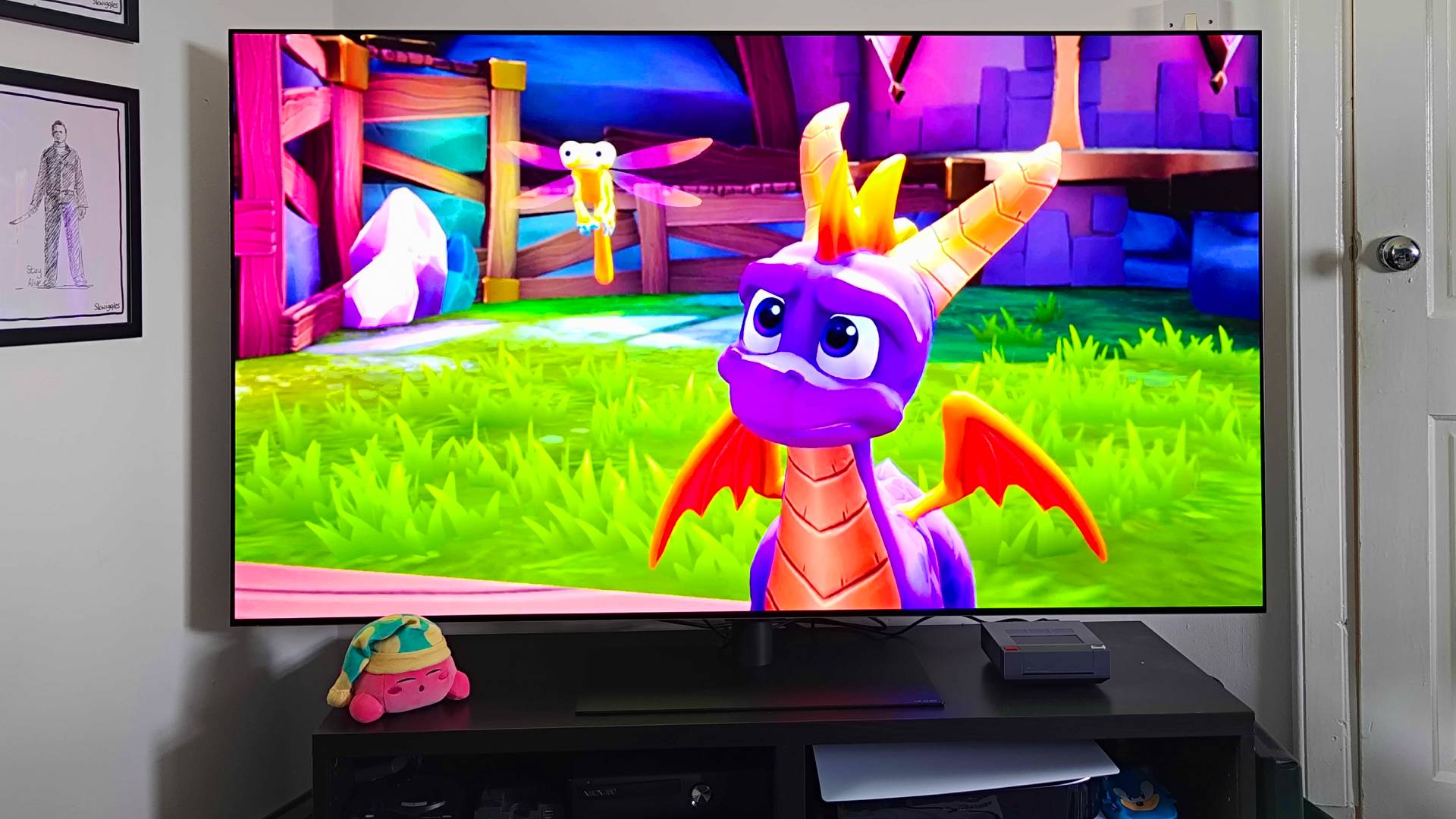

I'm not saying the best OLED TVs for gaming usually end up winning me over, but there's a reason all the best panels used organic LED tech. While screens armed with the display type certainly had their drawbacks, new models come with next to no caveats and provide exceptional colors. Simply put, if you want your favorite outings to pop and you've already tried QLED and mini LED alternatives, I'd start thinking about a new OLED display.
The best OLED TV for gaming right now is the LG OLED G4, as I believe its 4K 144Hz abilities represent the future of console gaming. Even if you can't make full use of that faster refresh rate right now, I'm certain that newer systems like the PS5 Pro will find a way to push the screen to its limits, and current gen consoles can already hit 120Hz in shooters like Overwatch 2. Plus, thanks to the tech giant's MLA (micro lens array) tech, you're getting fantastic fidelity paired with immense vibrancy that'll put your local cinema to shame.
That said, the LG OLED G4 isn't the only best gaming TV with an excellent OLED panel, and I have tested numerous options that'll cater to different budgets and setup requirements. While most models are still going to set you back a pretty penny, there are still options that are a bit more approachable in terms of price point that pack a colorful punch.
The quick list
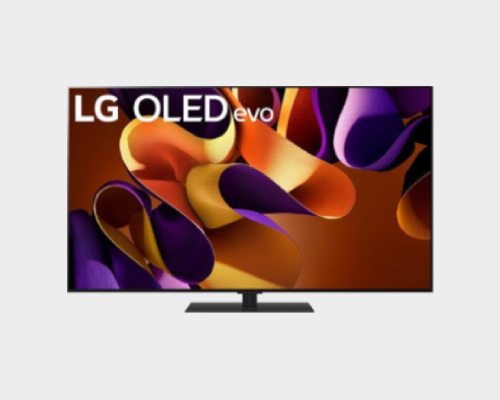
The best overall
This flagship OLED by LG offers up best in class contrast, colors, and upscaling.
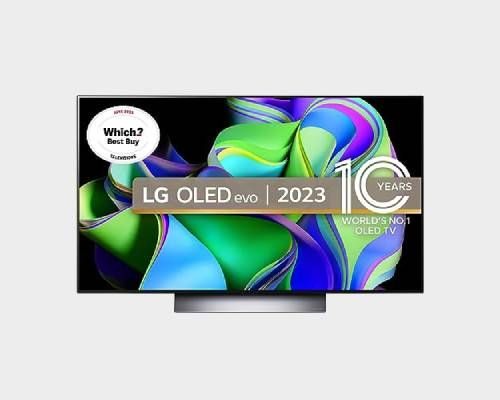
The best for most players
If you want to keep premium pricing at bay, the C3 is where it's at.
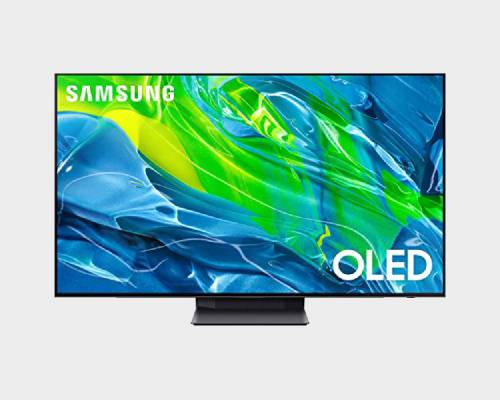
The best QD-OLED
One of the top Quantum Dot OLED displays we've put to the test so far thanks to its exceptional specs.
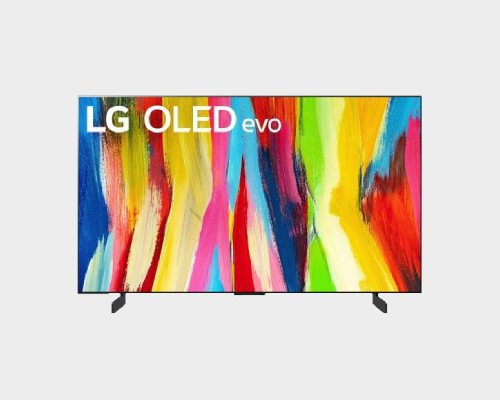
The best for deals
Players looking to save on an OLED will want to check out this slightly older LG model.
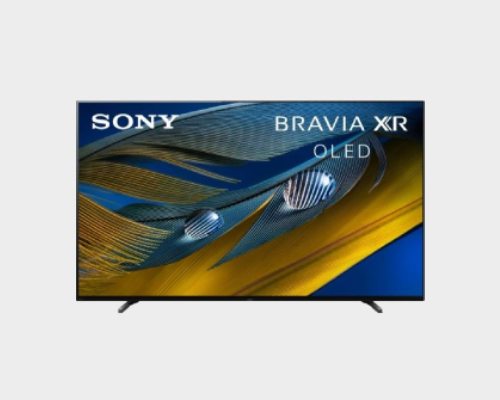
The best value
Armed with plenty of premium perks like HDMI 2.1, this Sony screen is a great value OLED.
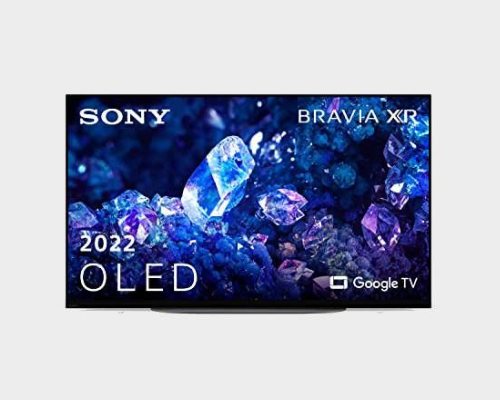
The best small-scale OLED
Starting at 4-2 inches, this Sony OLED is an excellent space saver.
The best OLED TV overall
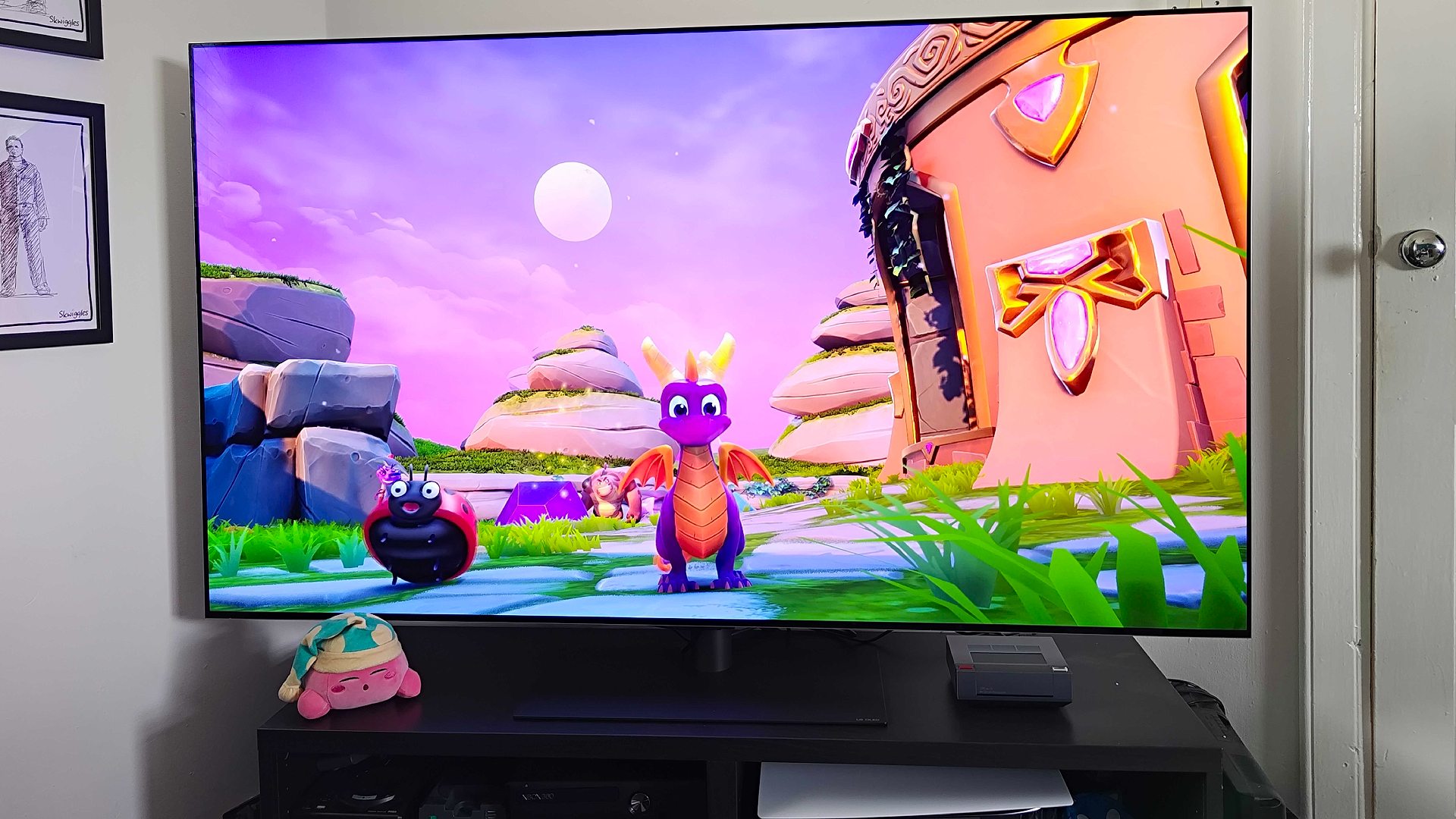
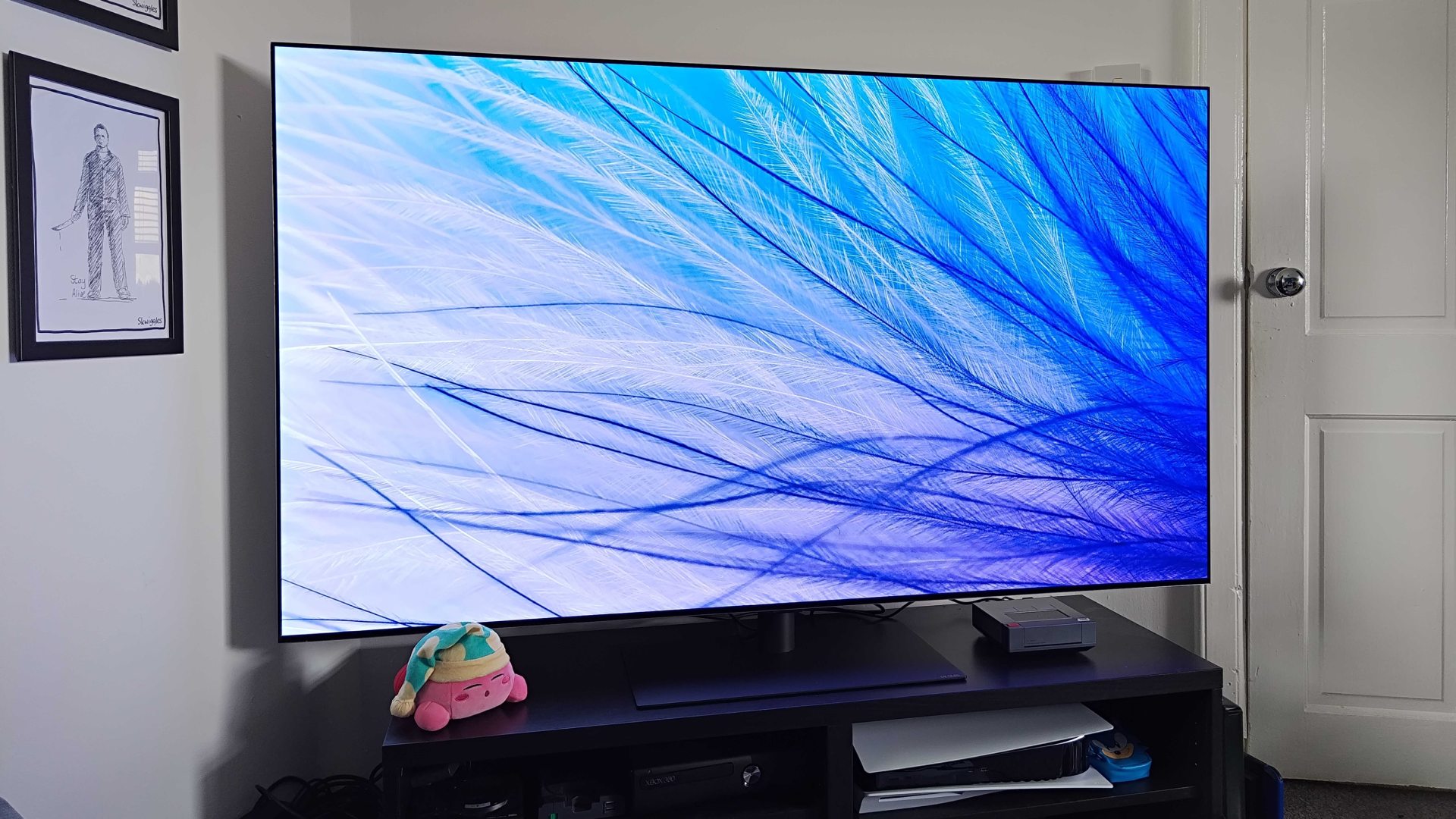
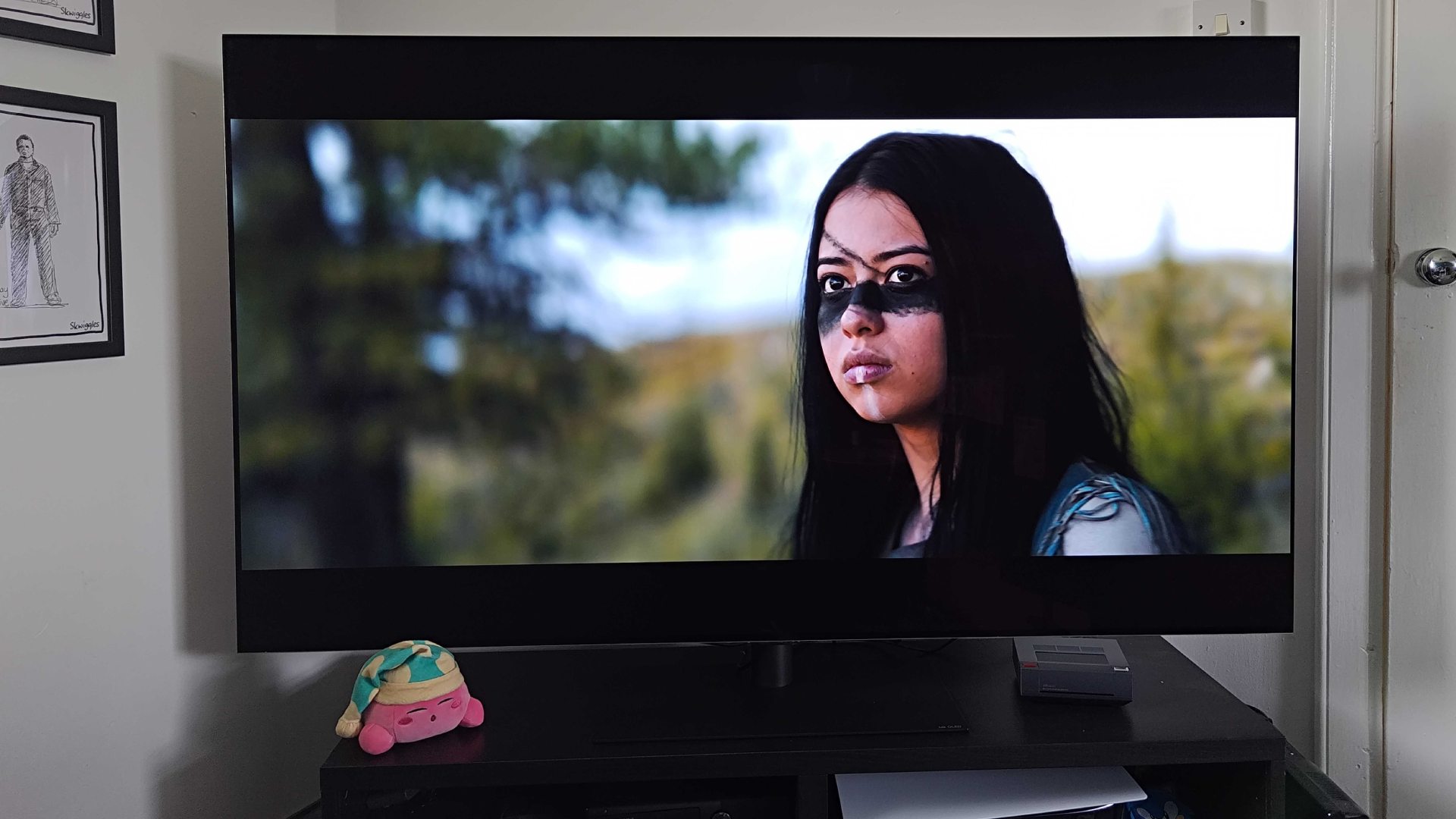
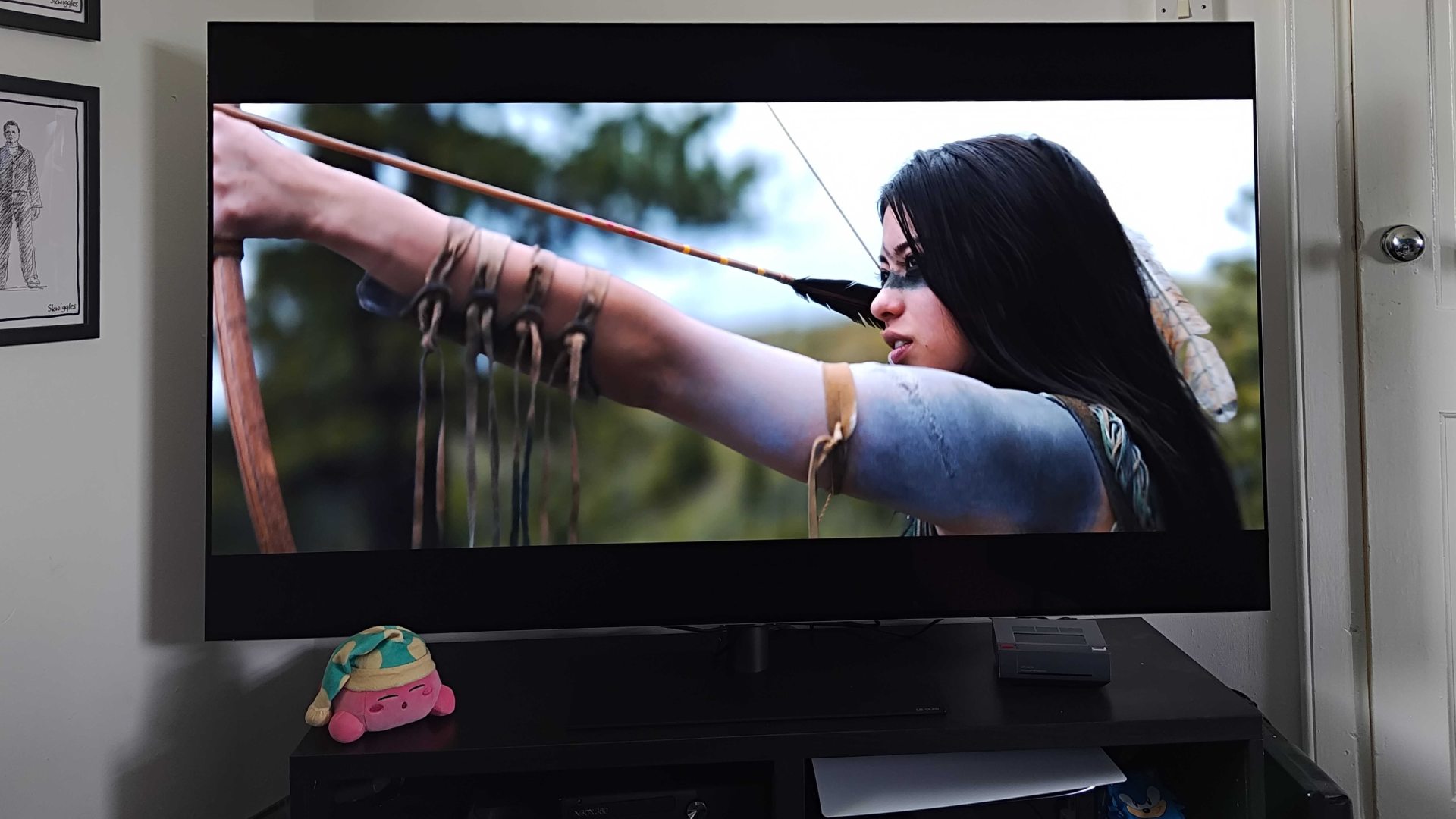
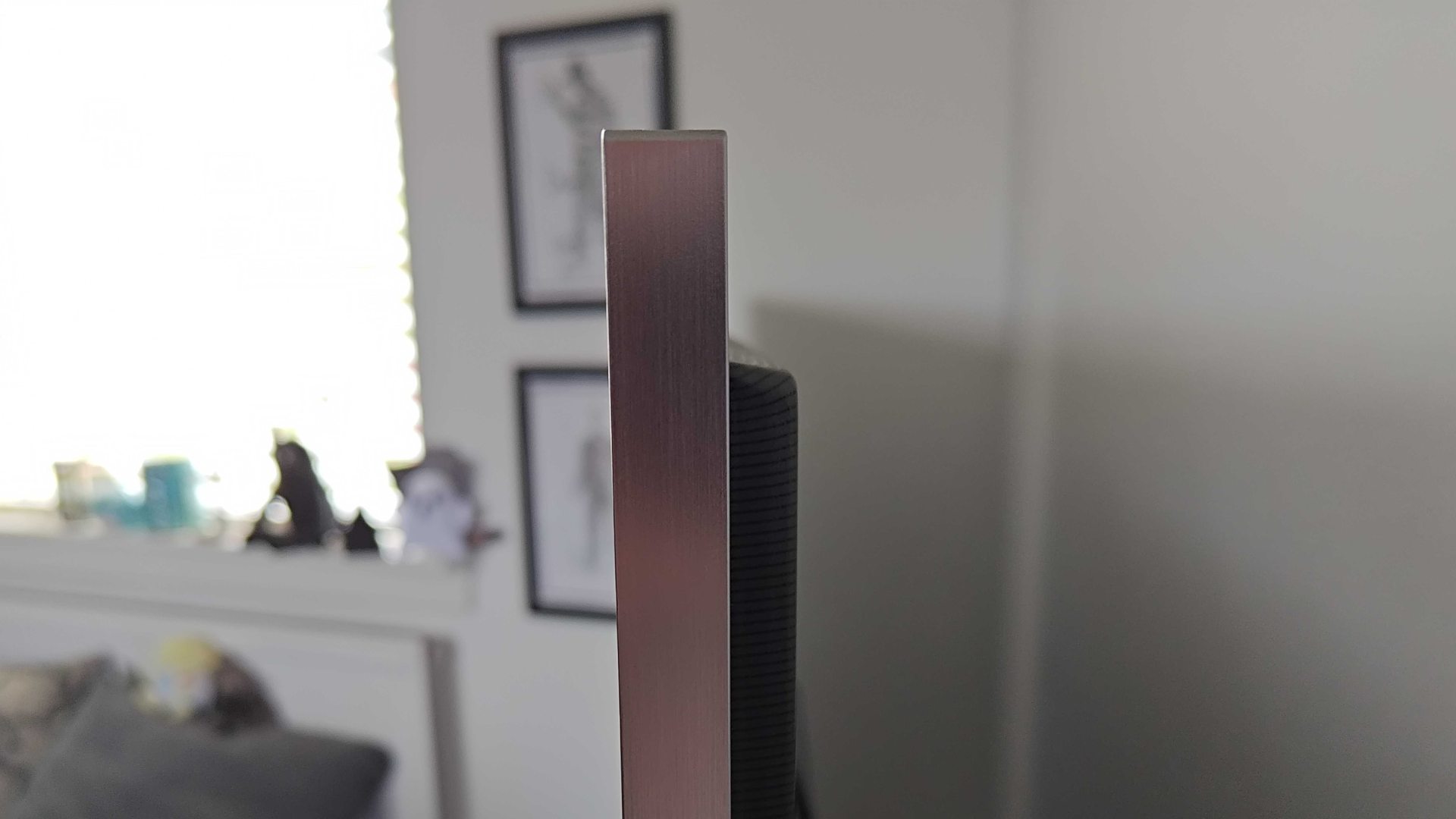
Specifications
Reasons to buy
Reasons to avoid
Following in the footsteps of last year's G3 model, the LG OLED G4 takes the stage with Micro Lens Array tech and faster 144Hz visuals. Pair that with an improved AI processor for better image processing and fantastic anti-glare properties, and you've got yourself a top TV contender that won't be easily toppled.
The main selling point of the LG OLED G4 is, unsurprisingly, its OLED screen. The aforementioned MLA panel punches far harder than traditional iterations, providing superior brightness and contrast that elevates HDR and SDR content. However, the fact this new model also ramps the refresh rate up from 120Hz to 144Hz means it's truly worth of its high-spec screen status, serving up glorious visuals to console owners and PC enthusiasts alike.
If we're being real for a second, most modern TVs don't have much to offer in the athletics department, but the OLED G4 does maintain premium vibes. At the round, its rectangle pedestal stand provides an elegant minimalist look for those of you with a TV bench, while the back is low profile enough to fit fairly flush to a wall. Extra attention to cable channels is also included round the rear, with an angled approach to ports that makes hot-swapping possible at the left while keeping more permanent connections more out of sight.
We've tested the LG OLED G4 using multiple games, consoles, and PCs, and the screen helps every visual flourish. Whether you're playing Overwatch 2 at 120Hz on a PS5 or a horror game like Still Wakes the Deep on Steam, this display is out to impress with its exceptional HDR abilities, incredible contrast, and super-sharp 4K fidelity. It's even fast enough to compete with many gaming monitors on the speed front, with that 144Hz refresh rate and 0.1ms response time keeping shooters and fast-paced adventures feeling swift.
It might be one of the priciest OLED TVs out there, but if you're in the market for the absolute best displays available in 2024, the LG OLED G4 is arguably it. That's not to say different players won't benefit from picking up alternative panels, but this one really does check all the boxes and go above and beyond in terms of visuals.
Read more: LG OLED G4 review
The best OLED TV for most players
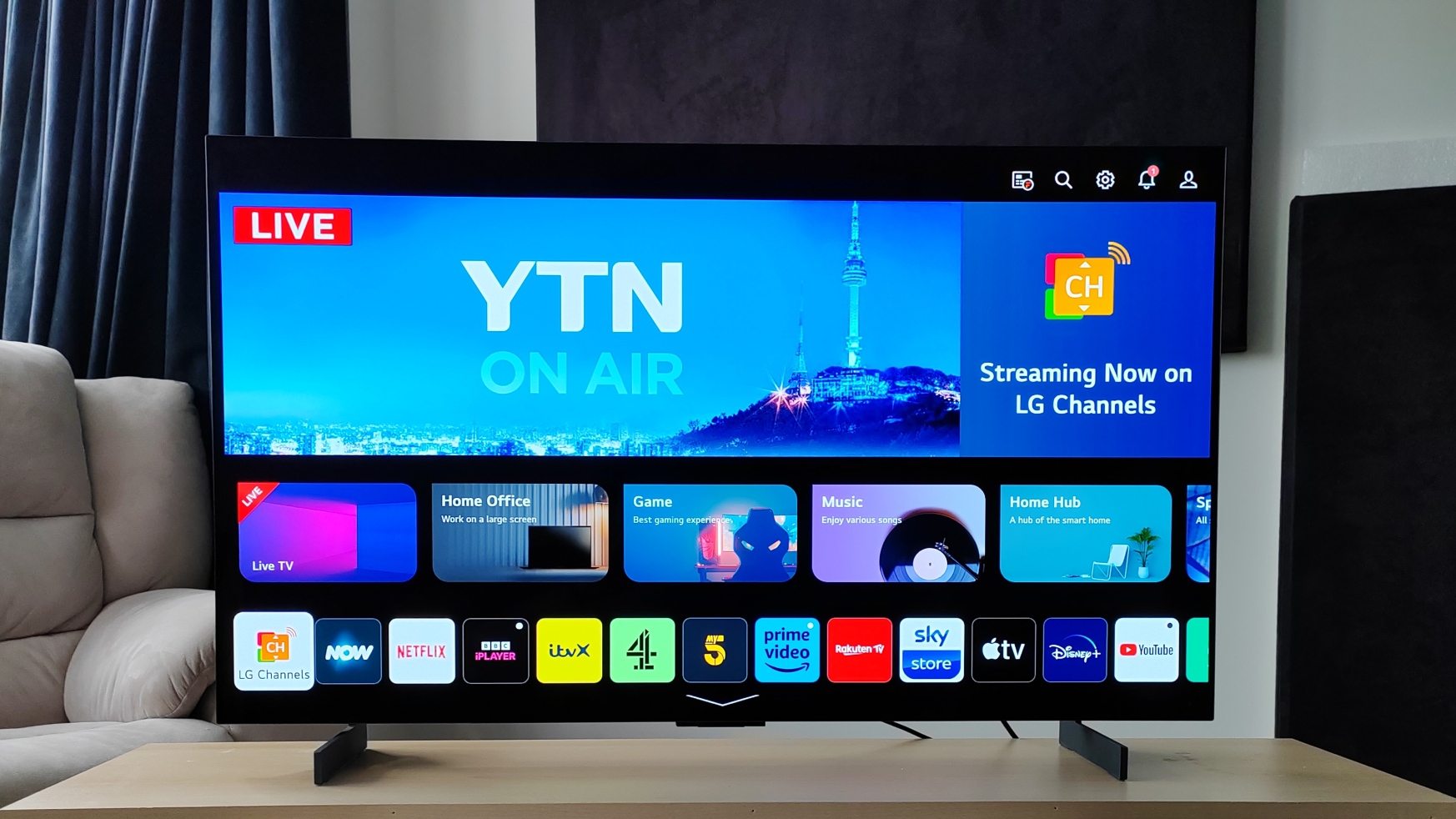
Specifications
Reasons to buy
Reasons to avoid
If the G3 is a bit out of budget, you might want to check out the LG C3, as the series boasts similar specs and a lower price point. You'll still pay pretty penny to get a hold of one of these premium models, but you'll be able to spend a bit less and still pick up an 4K 120Hz panel with gaming bells and whistles.
The main draw with the C3 is naturally its OLED display, as its going to provide you with the excellent color and contrast you'd expect from an LG panel. Throw HDR10 support into the mix, and you've got a vibrant portal to your favorite gaming worlds that'll produce life like results that pop, and you'll never look at a standard LED screen the same way.
While smart TVs normally focus specifically on streaming services, the LG C3 has a dedicated Game Dashboard that provides quick access to features like VRR, game optimisers, and other latency related settings that'll make all the difference to console and PC performance.
Its worth noting that during testing, we noticed that the smaller C3 model isn't quite as bright, so that's worth keeping in mind if you're looking for something brighter.
Read more: LG OLED C3 review
The best QD-OLED TV
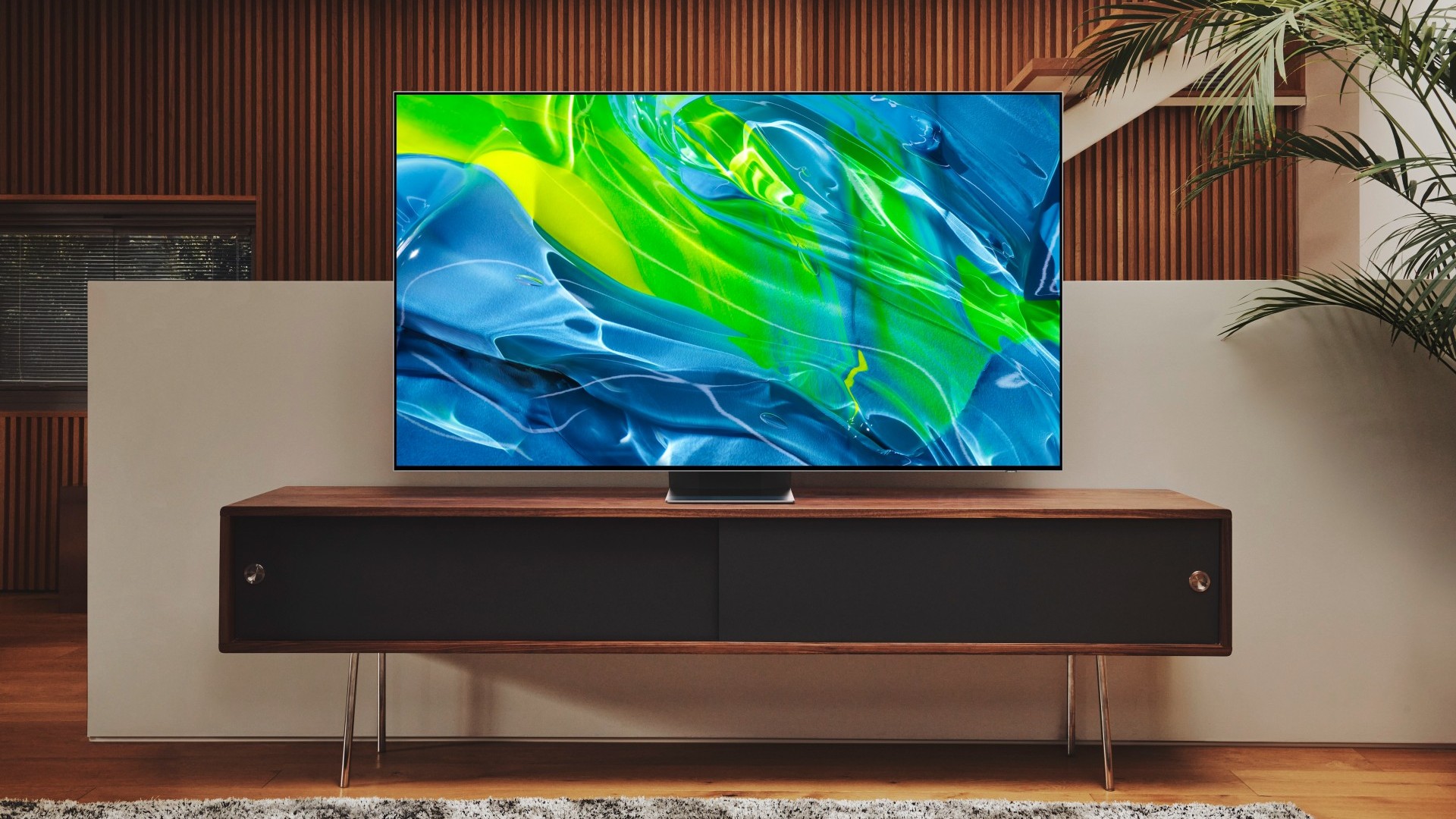
Specifications
Reasons to buy
Reasons to avoid
Gloriously slim, with class-leading luminosity, this first QD-OLED from Samsung is eye-catching in every sense and could be the ground-breaking new Tv for PS5 or Xbox Series X we've all been waiting for.
Combining the characteristic OLED black levels with the high peak brightness and the expanded colour volume of Quantum Dot technology, the S95B is a superb choice - particularly if you prefer to use your TV in a room with high levels of ambient light.
All four HDMI inputs are v2.1 and support 4K 120fps sources, while there's also VRR (Variable Refresh Rate) with NVIDIA and AMD FreeSync support, plus ALLM (Auto Low Latency Mode). Samsung also has a dedicated Game Hub interface. Input lag is low in Game mode; we measured it at 9.6ms (1080/60). HDMI 3 also has eARC, for use with a Dolby Atmos soundbar.
The smart platform of choice here is Samsung’s Tizen. It has a wide variety of streaming services on tap (Netflix, Prime Video, Disney+, AppleTV+, BBC iPlayer, to name just a few), as well as Samsung’s own TV Plus IP-delivered channel service. It’s also compatible with SmartThings-connected devices.
Of course, the key attraction of the S95B is its QD-OLED panel and matching Neural Quantum Processor. The latter uses AI-driven Optimization to manage sound and vision, so you don’t need to think too much about it. The image quality is spectacular. The level of detail is excellent, and its HDR performance is remarkable. We measured peak HDR brightness in excess of 1400 nits. Unfortunately, there’s no support for Dolby Vision, but you do get HLG, HDR10, and HDR10+ compatibility. It’s not just peak HDR brightness which glows: the set’s average picture level is high and this makes it easy to view in bright rooms, but can make for a fatiguing watch. It’s not subtle, and even the Game mode looks overwrought. On the plus side, 4K 120fps playback is buttery smooth.
All things considered, the Samsung S95B is a highly impressive QD-OLED debut. Its peak brightness is phenomenal, and colour depth is high. It never looks particularly cinematic though, and even in Game mode, pictures can seem over-saturated. Some will love the presentation though, and for them it might just be the best OLED TV going.
Read more: Samsung S95B review
The best OLED TV for deals
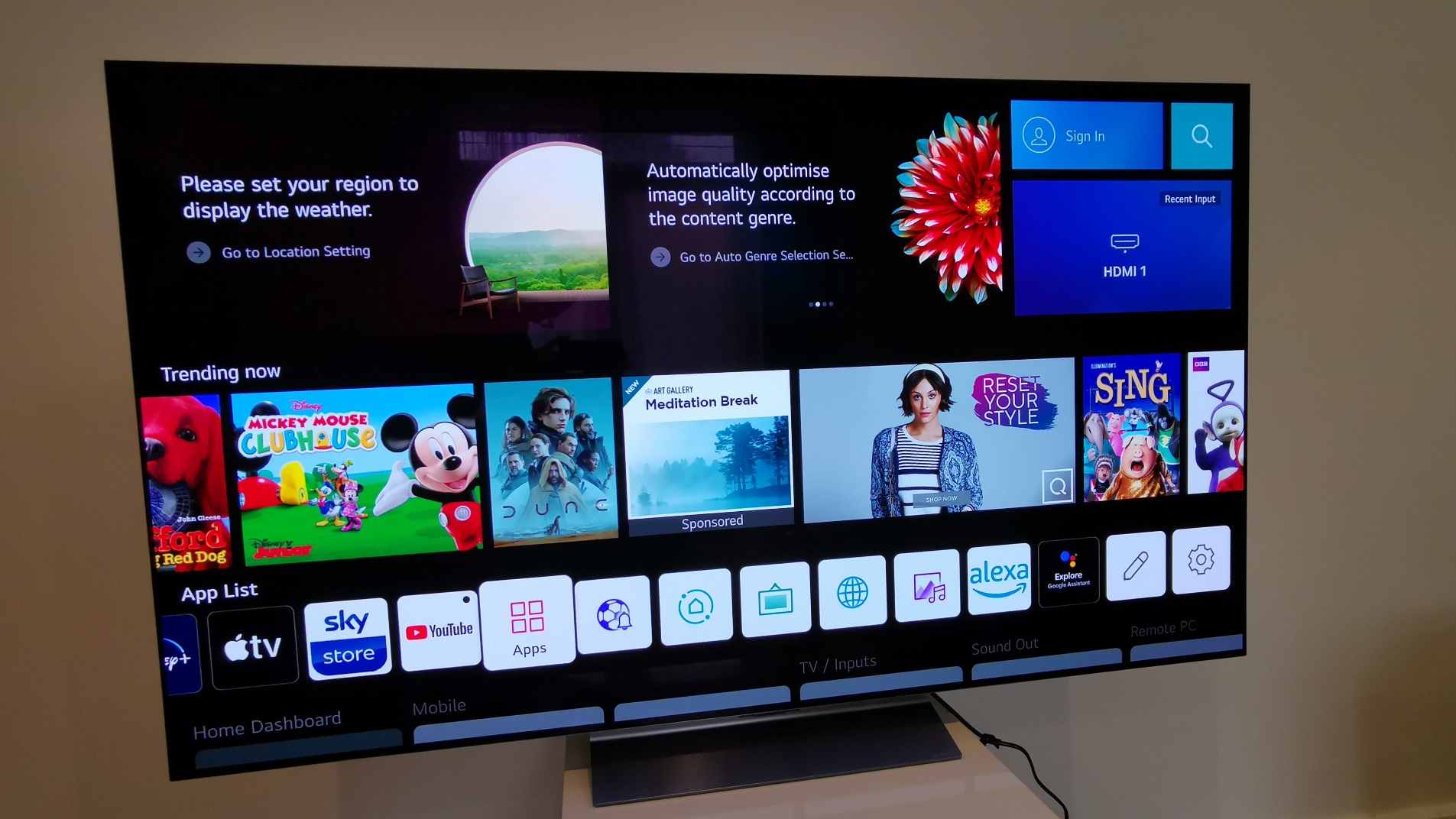
4. LG OLED C2
Specifications
Reasons to buy
Reasons to avoid
The first of LG's 2022 OLED TV range that we've seen, the C2 is a feature-packed, high-end 4K OLED with novel Brightness Boosting technology and a full fist of gaming support that we couldn't help but fall in love with during our testing. It's an early contender for best OLED TV of 2022, for sure - but doesn't straight-up replace its predecessors, the C1 and C2, due to their quality, and this set's high price tag.
At the heart of the C2 is an all-new processor: the Alpha 9 Gen 5. It’s this that powers the set's Brightness Boosting technology, which uses algorithms to enhance the brightest areas of an image in real-time and improve HDR handling. The result is a big improvement on last year’s C1 model. We found the overall image quality to be outstanding, with superb clarity, zero banding, and fabulous shadow detail.
Gaming chops are strong in this TV: all four HDMI inputs are v2.1 certified and support 4K 120Hz; and there’s extensive VRR compliance too, including NVIDIA G-Sync and AMD FreeSync. Throw in the set’s Game Optimizer that puts all key gaming parameters in one place, and an input lag of 13.1ms (1080/60), and you can see why this has all the makings of one of the best 120Hz 4K TVs of 2022, hands down.
The TV sports a slick new cosmetic design that should keep fashionistas happy, and we love LG’s cosmetic tweaks: the bezel is virtually non-existent, and the panel also sits on a more conventional central pedestal, which reduces the need for wide AV furniture. As for tweaks on the inside, there's a very well-appointed smart platform, webOS 22, which comes with all key streaming services, including Netflix, Prime Video, Disney+, and Apple TV. It’s compatible with Google Assistant and Amazon Alexa smart systems, too, for voice control of inputs and channels, as well as content search when used alongside LG’s own ThinQ AI platform.
Overall, we found this to be - perhaps predictably - a truly stunning OLED display, and while there’s a high price to pay for being so absolutely fabulous, particularly when compared to its C1 predecessor, it's so worth it, and absolutely one of the best OLED TVs of 2022.
If the C1's availability does grind to a halt - as expected - soon then the C2 will be the best OLED TV to go for.
Read more: LG OLED C2 review
The best Value OLED TV
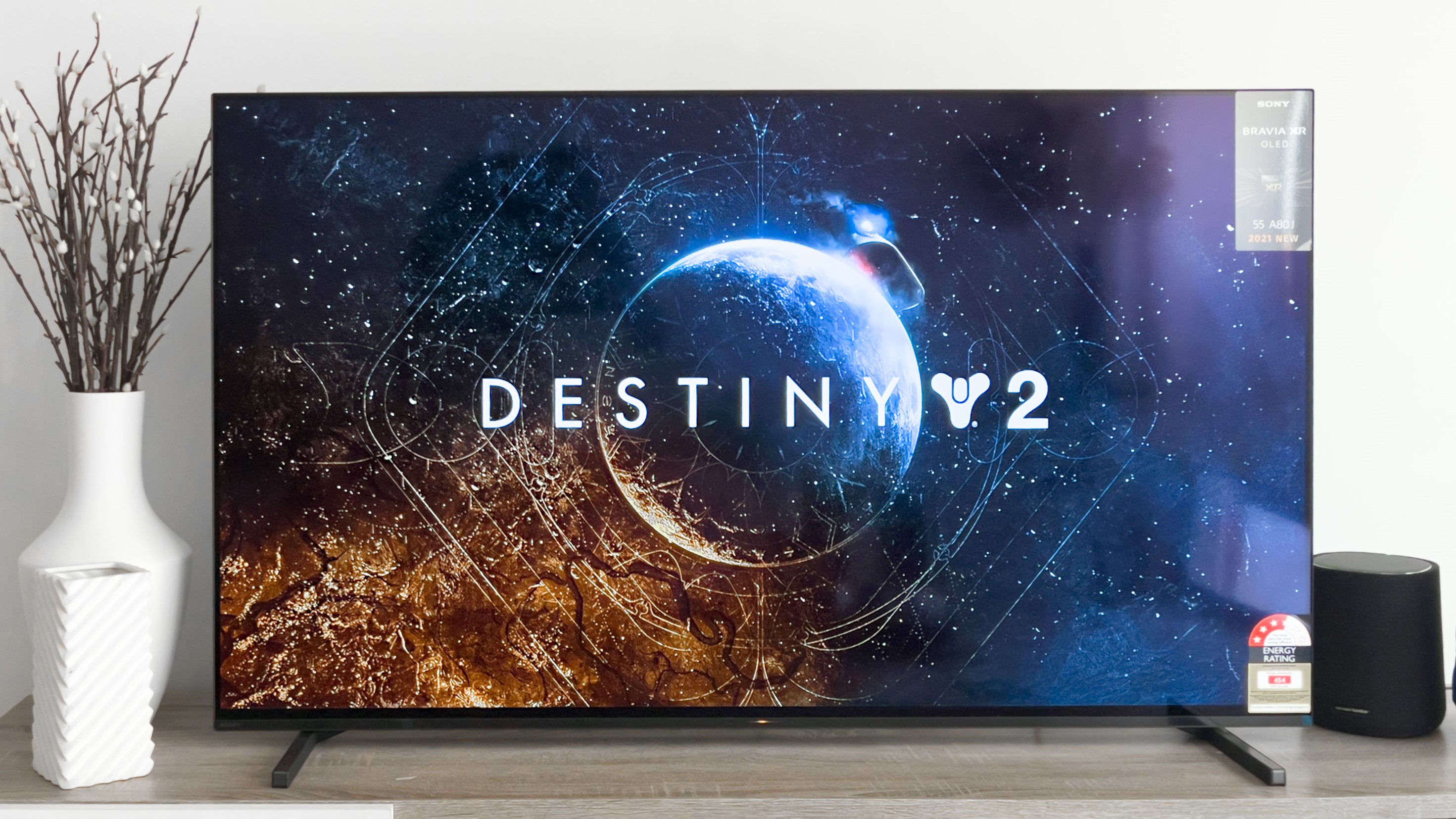
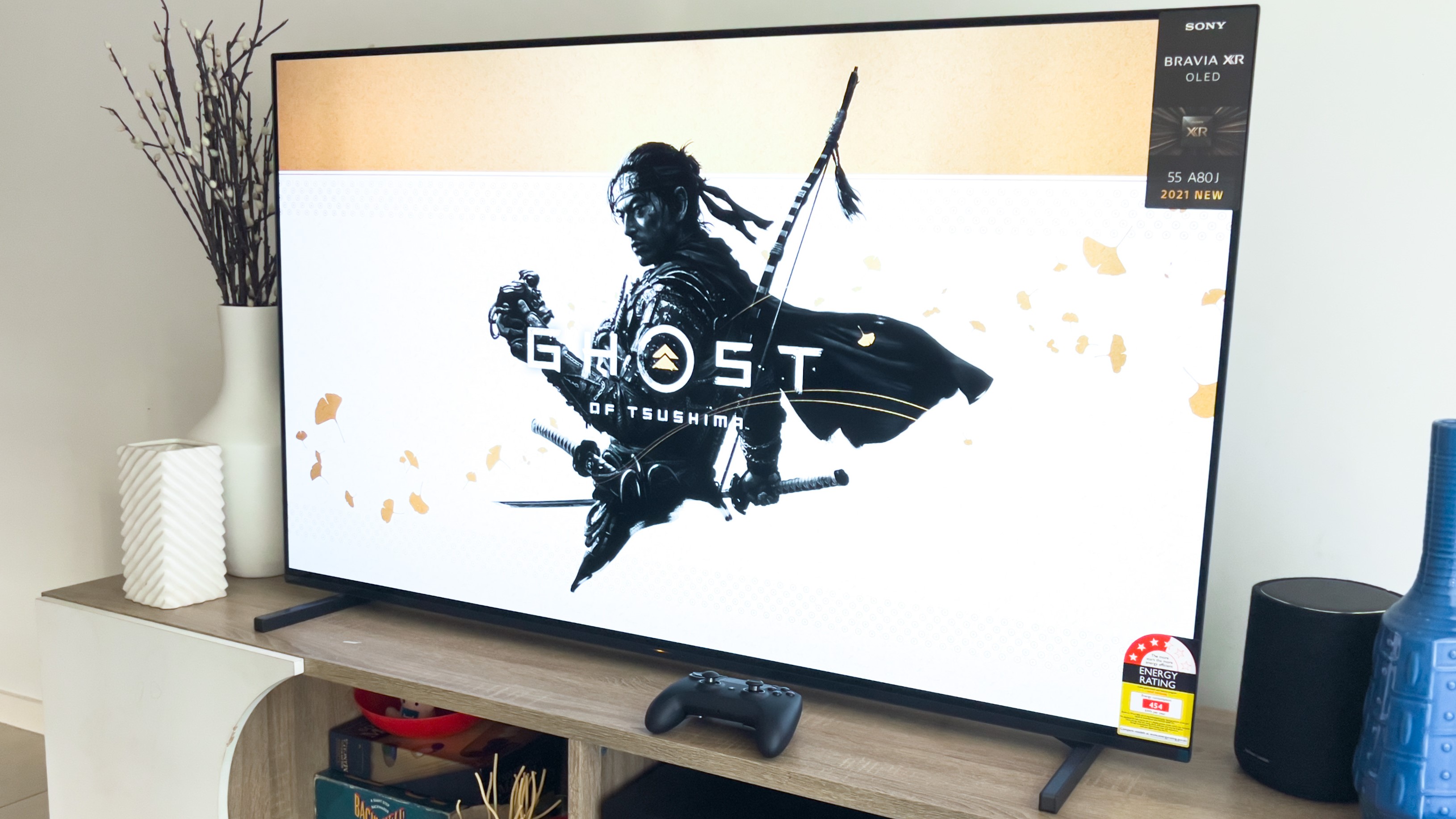
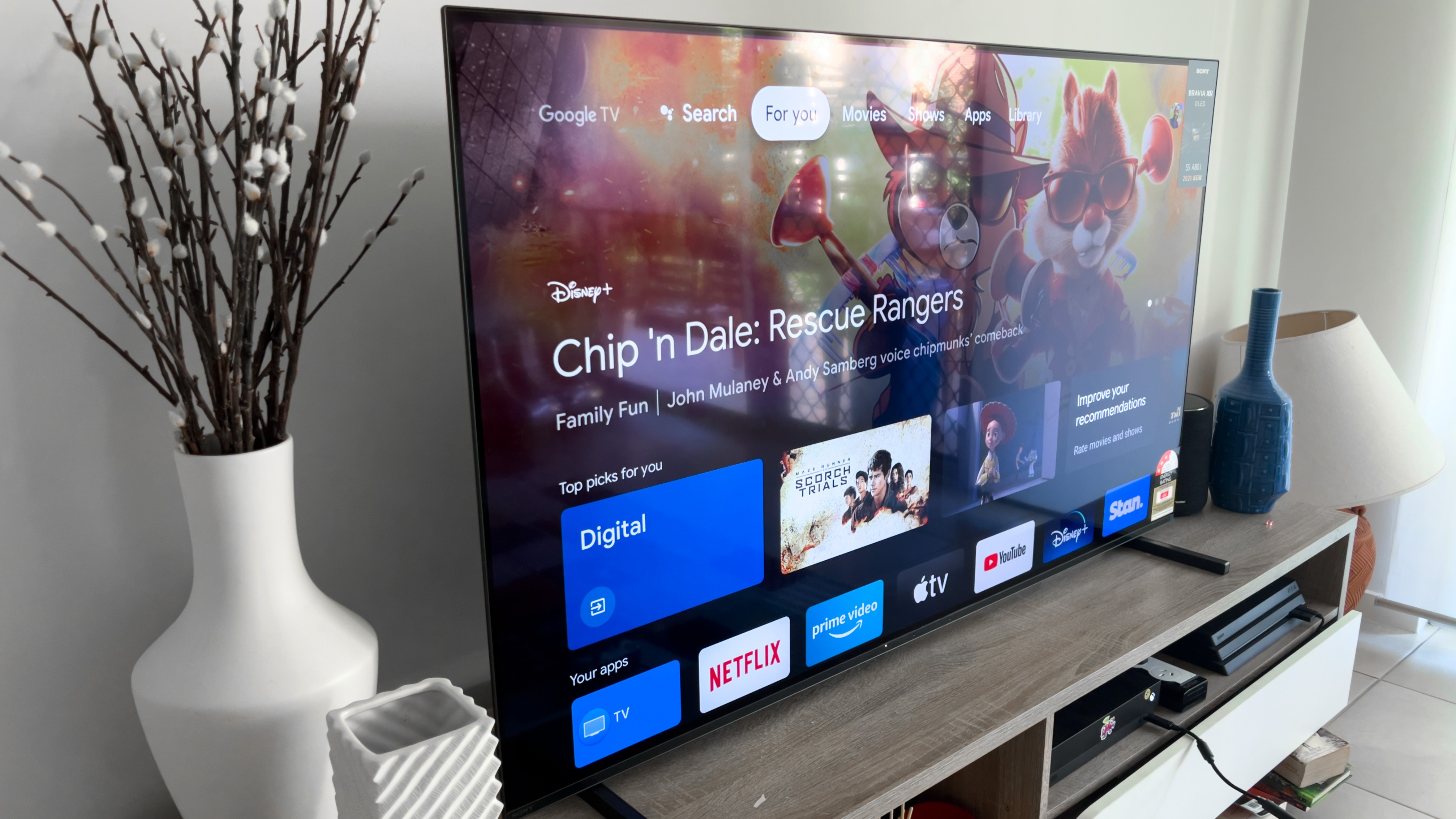
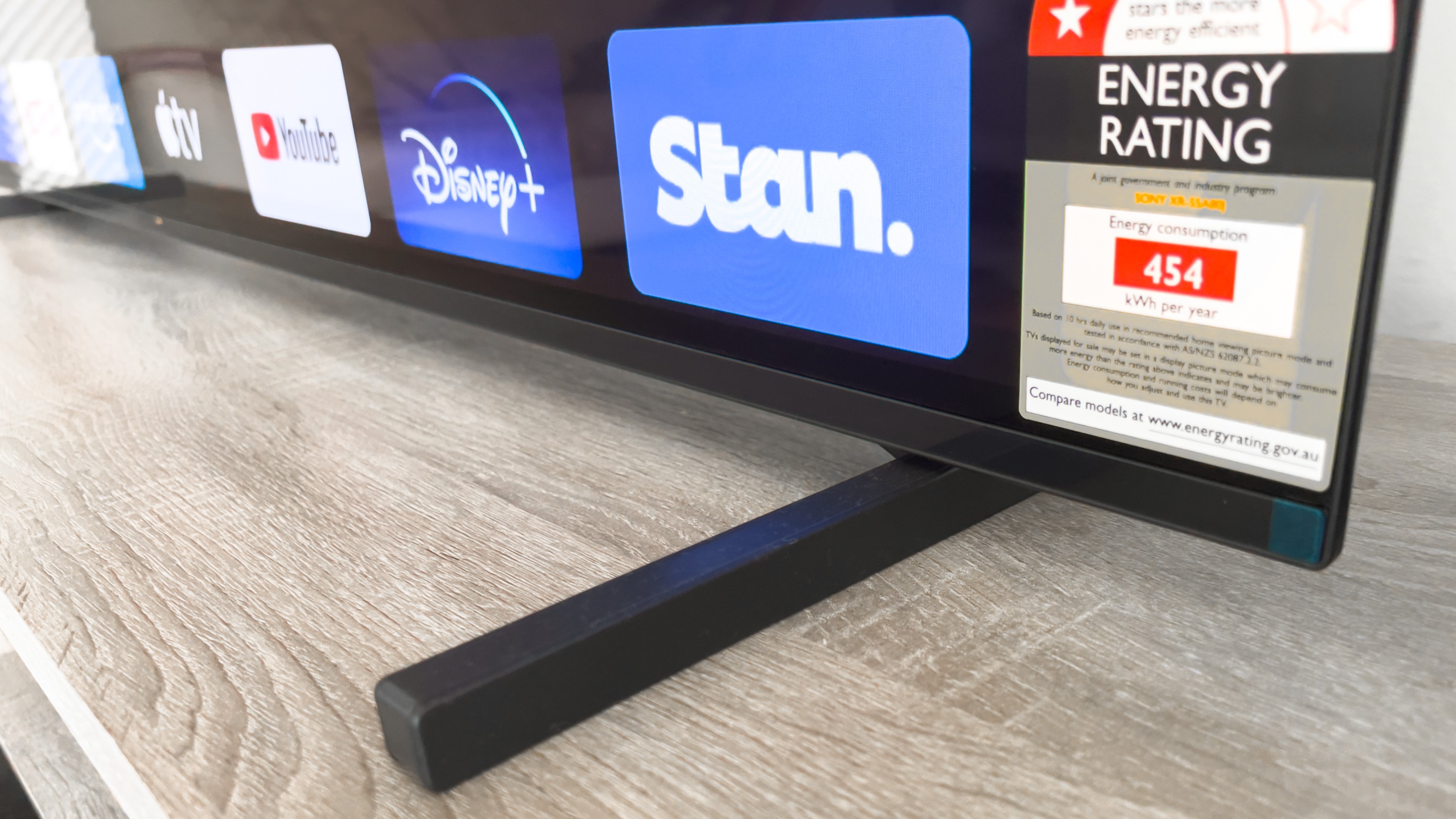
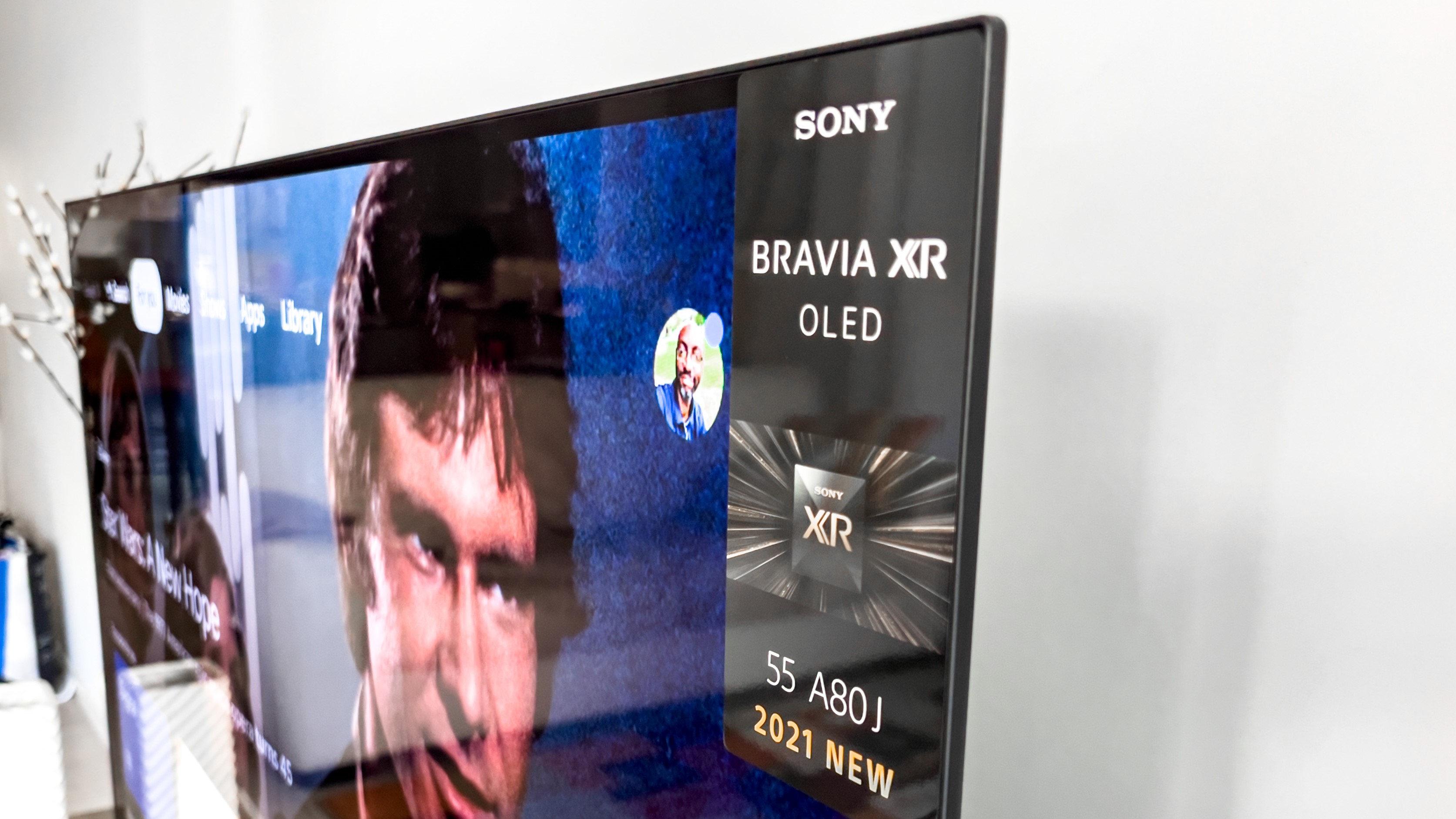
Specifications
Reasons to buy
Reasons to avoid
The A80J is one of Sony’s sleeper hits and is the second tier of their OLED range. As such, it boasts incredible picture quality in SDR and HDR thanks to Sony’s impressive Cognitive Processor XR. Movies are beautifully rendered in a cinematic film that is true to the director's intent. The exceptional contrast of OLED is put to excellent use here with deep inky blacks and clear, bright highlights. It’s not the brightest TV in the world but viewing it in the daytime and in bright lights was still a pleasant experience.
It supports Dolby Atmos Audio on top of doing native 3D surround upscaling of any audio source going into the TV. The TV can also live scan your room to best calibrate the sound. We found the sound adequate but like most TVs, a sound bar is recommended.
As a premium TV, the A80J comes with all the essentials. It has 4 HDMI 2.1 ports with two that support ALLM and VRR for 4K 120Hz gaming. Gaming is fantastic on this screen thanks to the 120 Hz refresh and low latency under 10ms. It only recently got a firmware update that brought VRR but its implementation isn’t as seamless and smooth as that on LG or Samsung TVs. And unlike competitors, there isn’t a dedicated Game mode interface to fine-tune the TV’s gaming settings.
Overall, the Sony A80J is a great alternative to LG when browsing for the best OLED TV - even though it won't quite match their gaming prowess.
Read more: Sony A80J review
The best small-scale OLED TV


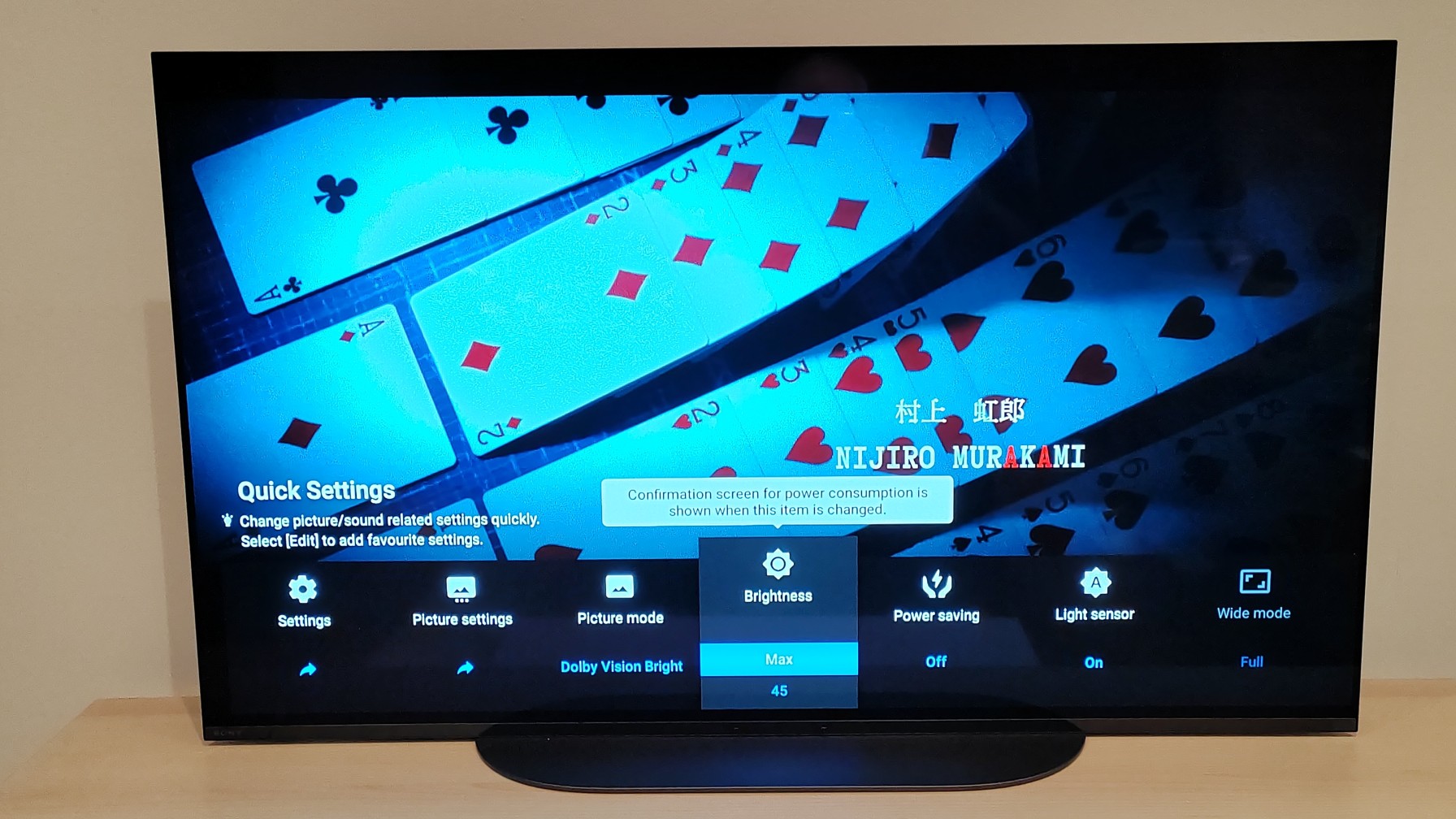
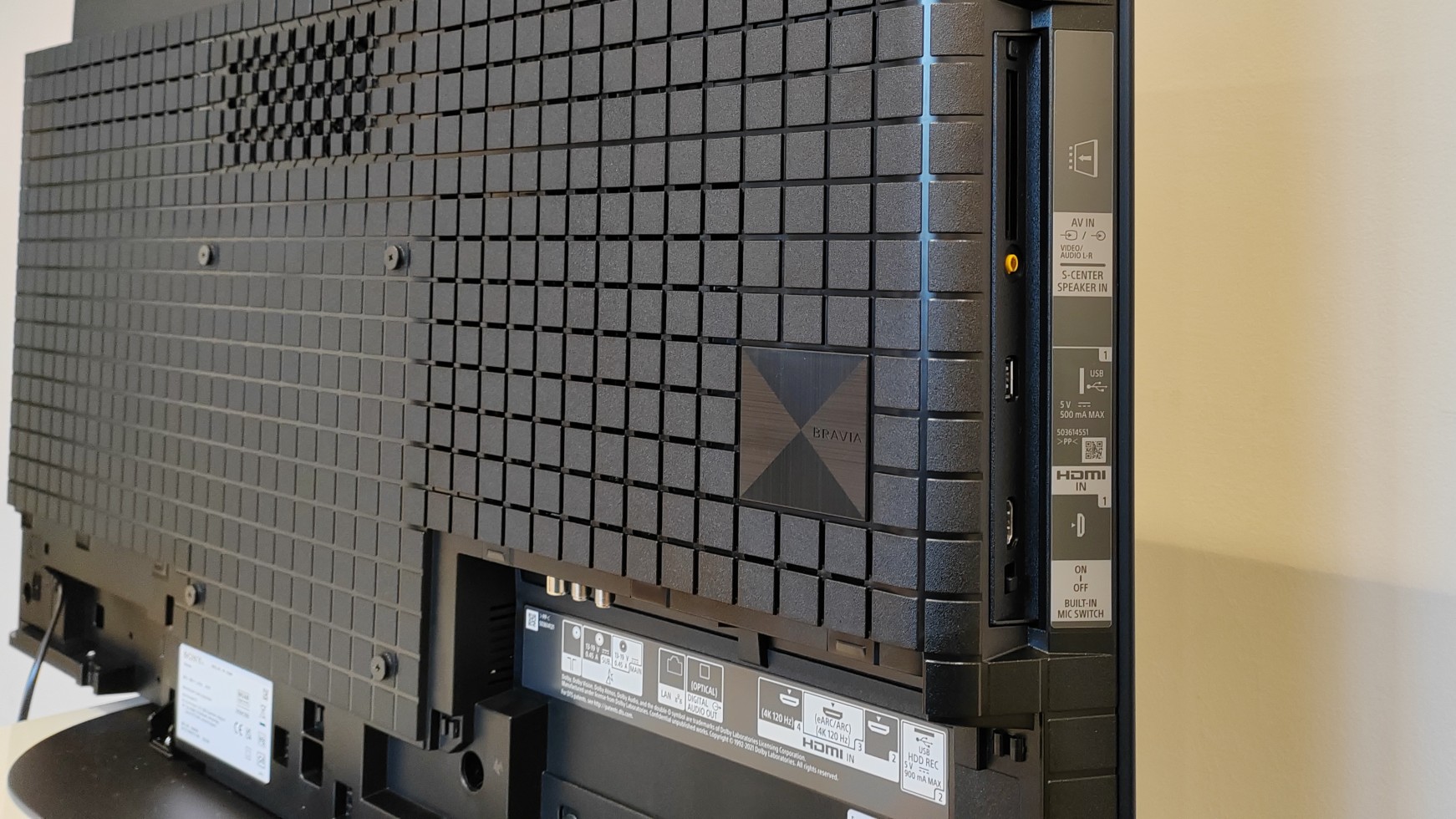

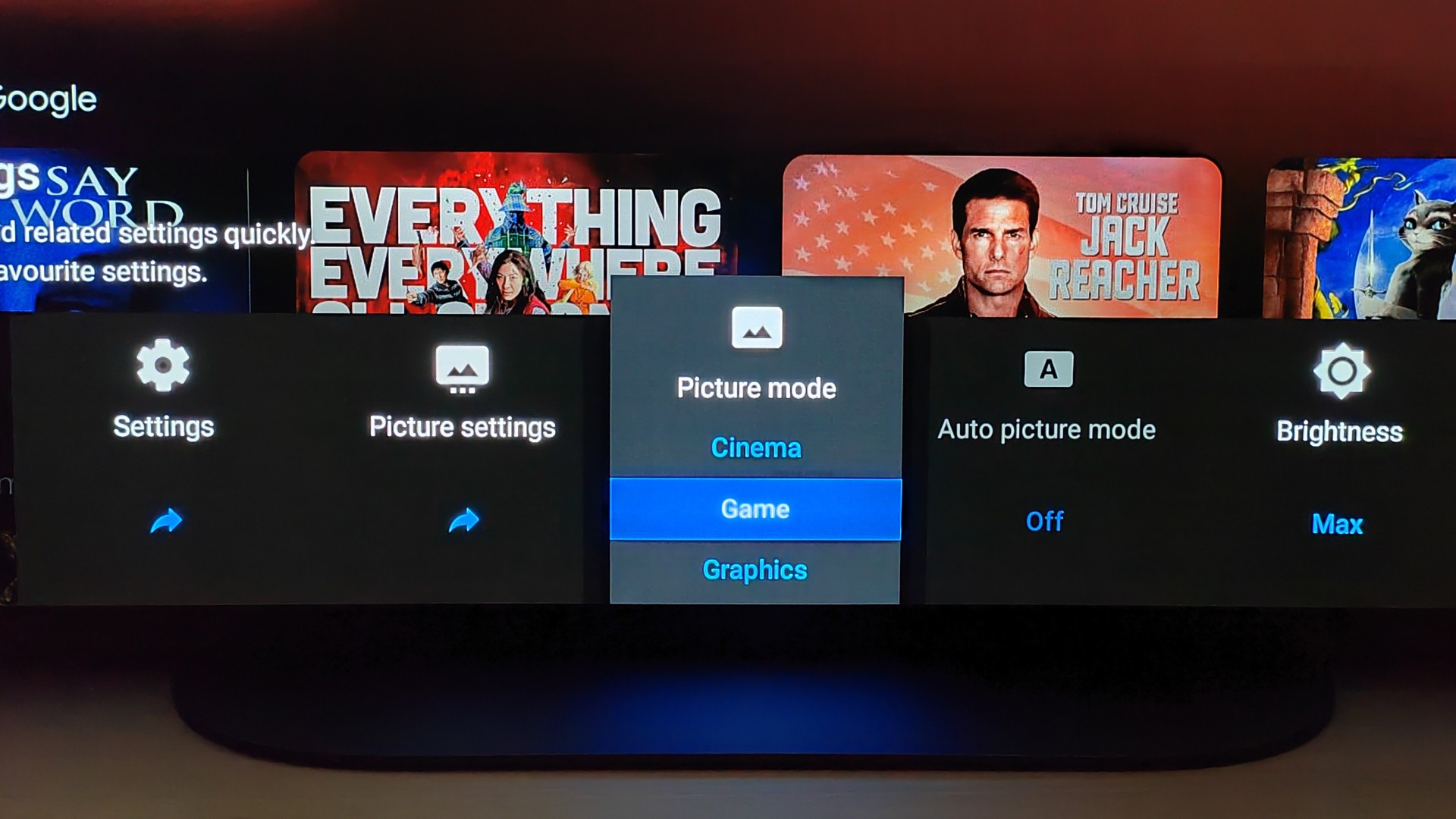
Specifications
Reasons to buy
Reasons to avoid
This Sony A90K OLED TV might be relatively bijou, but it’s packed with advanced picture-making tech. Also available in a 48-inch version, this set shines as both a near-field gaming monitor, an everyday TV, and a fine small-scale OLED TV.
The star of the show, and key to its outstanding image clarity, is Sony's Cognitive Processor XR, which cleverly prioritises the elements of an image that our eyes naturally focus on. The result is a presentation that’s always detailed and dynamic. The A90K looks great with 4k streaming services, and the 4K 120fps gameplay is velvety smooth.
A downsized version of Sony’s Acoustic Surface Audio+ delivers crisp audio, courtesy of actuators that vibrate the screen. This technology works fine for dialogue clarity, but falls short when it comes to bass depth; the A90K can sound a little thin. There are four HDMI inputs, two of which are v2.1 enabled and capable of 4k 120fps playback. These also support VRR (Variable Refresh Rate) and ALLM (Auto Low Latency Mode). One of the v2.1 inputs supports eARC but that happens to be one of the HDMI 21. ports... The set also has two USB inputs, a digital optical audio output, and Ethernet for Bluetooth and Wi-Fi connectivity.
Overall HDR performance is good, with high peak brightness measured at 700 nits with a 5 percent patch. HDR support covers Dolby Vision, HDR10, and HLG, but there’s no compatibility with HGiG, the HDR gaming standard. Connect a PlayStation 5 and you’ll benefit from Auto HDR Tone Mapping and Auto Genre Picture mode selection, which is useful. Input lag is average though, just 15ms (1080/60).
Overall, the Sony A90K is a superb-looking small-screen OLED TV, but be aware of the niggles before you buy.
Read more: Sony A90K review
Best OLED TV: FAQs
What are the disadvantages of OLED TV?
The main, commonly spoken about disadvantages that OLED TVs have is the potential for screen burn-in (where pictures, artefacts, and outlines can still be seen on the screen long after it's been turned off), degradation over time, and a relatively higher price tag. However, especially in the most modern TVs, the burn-in is not really a problem that's proved to have an impact, the degradation over time is not unique to OLEDs as other screen types will, naturally, get weaker over time - but the cost factor is something that remains. Particularly on those higher-end Sony models, it's clear that some extra investment is required.
Is there anything better than OLED?
Arguably, QLED (Quantum LED) TVs can offer great contrast and lighting that's on par with OLED. That said, we'd advise sticking with the latter if you care about black levels, as QLED can't independently turn pixels on and off.
Which brand of OLED TV is best?
Well, when considering the best OLED TVs, this is the big question. It's clear that LG is the most popular and often ticks all the right boxes, particularly from a gaming perspective. Most notably, LG Display is the company that makes the OLED panels for other brands like Sony, Vizio, and Panasonic. Sony's OLEDs are also thought of in extremely high regard - but often demand a bit more of a premium. You can't go wrong with either of those but budget-friendly makers like Vizio and Panasonic are starting to crank out some more attractive OLED panels too.
Is OLED the best type of TV?
OLED TVs are considered one of the best premium options around, and they can produce gorgeous colors that other displays cannot. That said, that doesn't necessarily mean all the best TVs use the tech, as there are plenty of panels out there that pack a visual punch. Not to mention QLED alternatives are available if you're on a budget.
Do OLED TVs degrade over time?
In the most reductive and simplest of answers, yes, they do. However, much has been made of screen burn and OLED TV degradation - basically to the point of gross exaggeration and misrepresentation. And those two factors are important to separate. The latter (degradation) will happen naturally just through the effects of old Father Time - with each diode emitting its own light, this will fade ever so slightly over time. The former, screen burn, is a potential factor to be aware of, but in real terms is easy to avoid.
Want to check out some of the latest TV deals at the best retailers? These stores often have some excellent sales running:
USA: Amazon | Dell | Best Buy | Walmart | Newegg
UK: Amazon | Currys | Very | Argos | AO
If you prefer your screens enormously big, then check out the best 4K projector and best projector for PS5 and Xbox Series X.
Weekly digests, tales from the communities you love, and more

Phil is the Hardware Editor at GamesRadar and joined the team in 2023. In the past, they've also contributed to the likes of TechRadar, The Daily Star, the BBC, and PCGamesN, but these days, they specialize in testing the latest gaming handhelds, monitors, TVs, and PC components. They're also extremely nerdy about retro consoles and playing the classics on both new and old systems.


